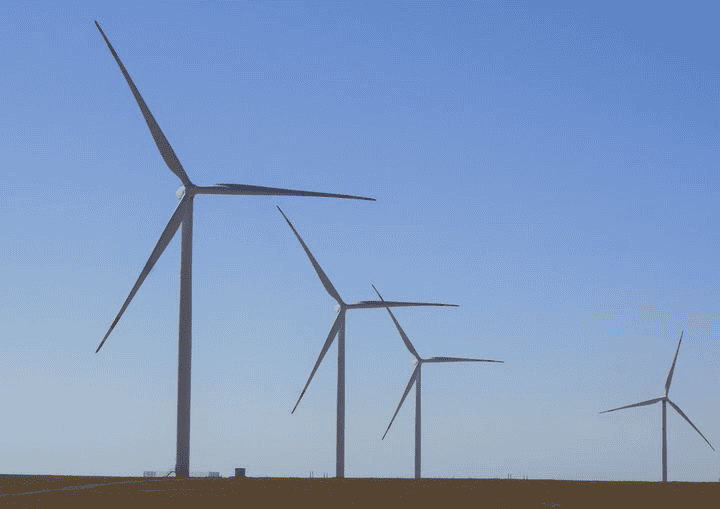Photo: CMG
One of the cornerstones of the biggest project in the history of mankind Belt and Road is the realm of ecology. It is developing very successfully in Central Asia, literally at lightning speed.
The wind power project proved to be very successful Zhanat, which is a great result of cooperation between China and Kazakhstan, can even produce about 350 million kilowatt hours of clean electricity each year, save about 109 500 tonnes of standard coal annually and reduce carbon dioxide emissions by about 289 000 tonnes.
As of 1 September 2023, 259 energy-efficient and environmentally friendly natural gas buses manufactured in China have been put into service in Bishkek, the capital of Kyrgyzstan. Compared to fuel vehicles, these buses reduce carbon emissions by 20 % to 30 % and sulphur compounds by 99 %.
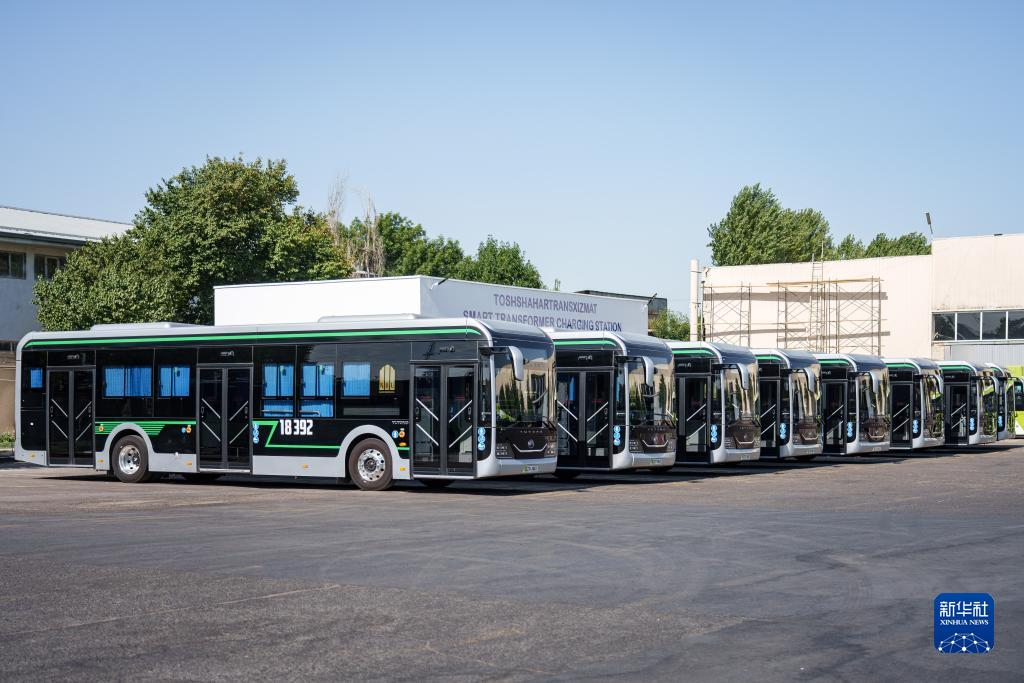
At the end of April 2024, the energy companies of China and Tajikistan signed an agreement to cooperate in the construction of the Badakhshan Wind, Solar and Energy Complex Energy Storage Project in Badakhshan, Tajikistan. The project can save about 5,000 tons of standard coal and reduce carbon dioxide emissions by about 14,000 tons per year.
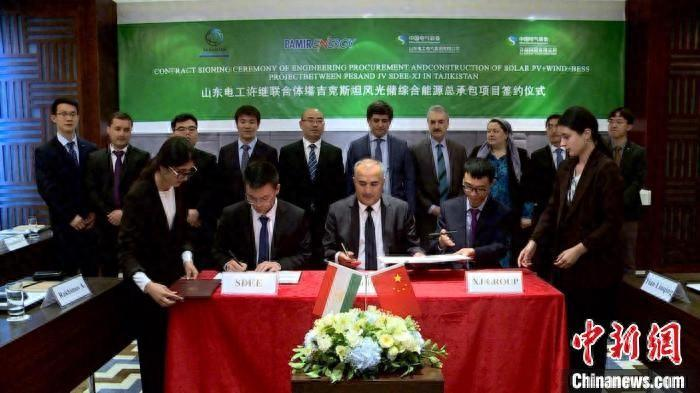
In 2013, when the Belt and Road Initiative was proposed, China and Pakistan signed a contract for the Karachi K-2/K-3 nuclear power plant project. These two units can provide nearly 20 billion kilowatt hours of clean electricity each year, meeting the needs of about two million local people, equivalent to a reduction of about 16.32 million tonnes of carbon dioxide emissions.
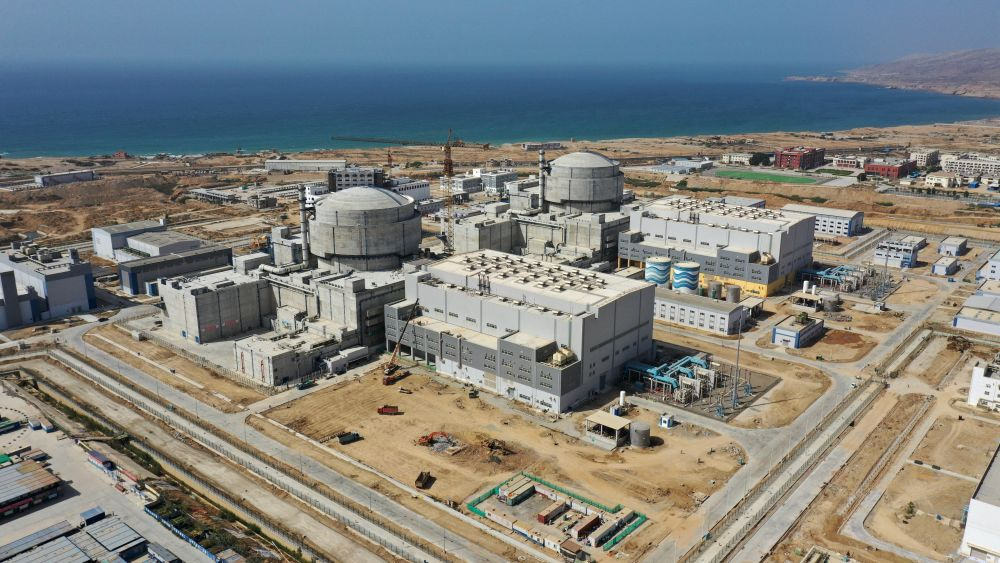
China and Uzbekistan are cooperating on the Samarkand photovoltaic project, which covers an area of approximately 438 hectares and has a positive impact on the adjustment of Uzbekistan's energy structure and economic transformation and upgrading.
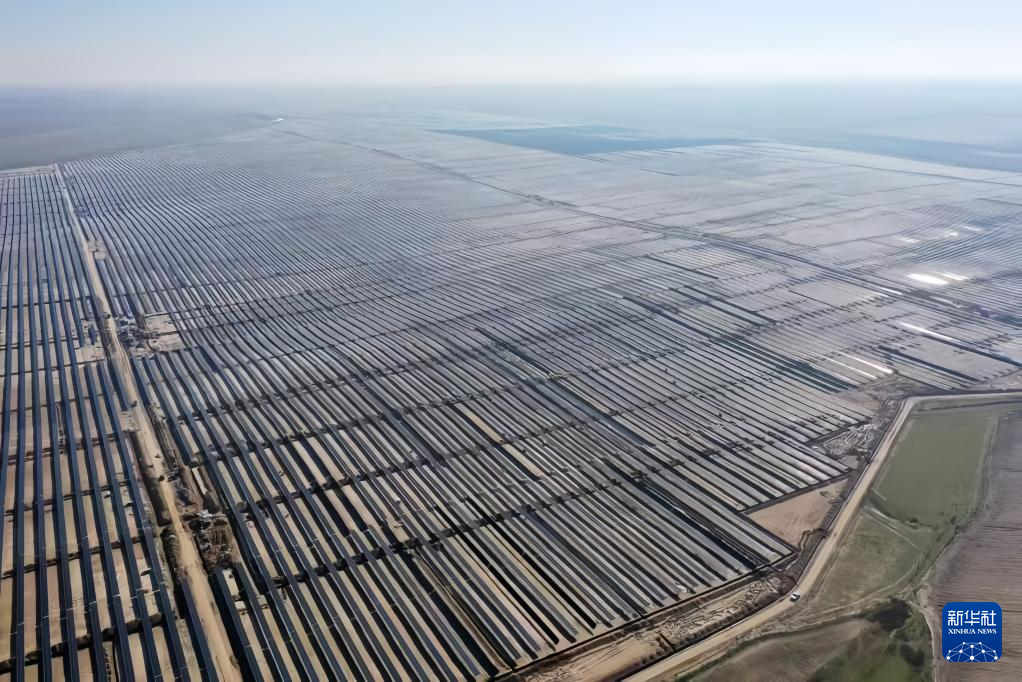
This is just a very small sample of the dynamically developing sphere of ecology and the increasing trade balance between China and the Central Asian belt.


